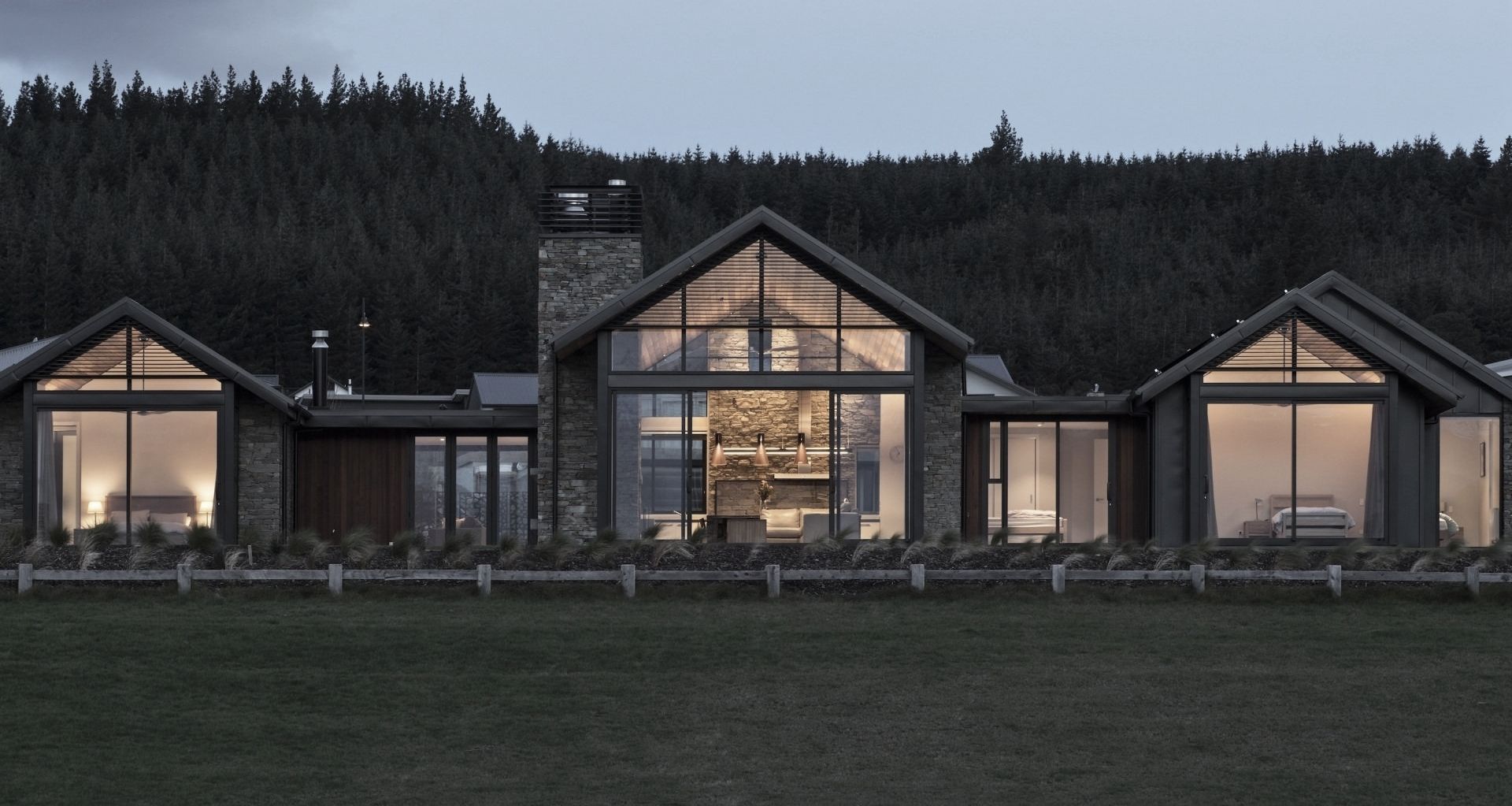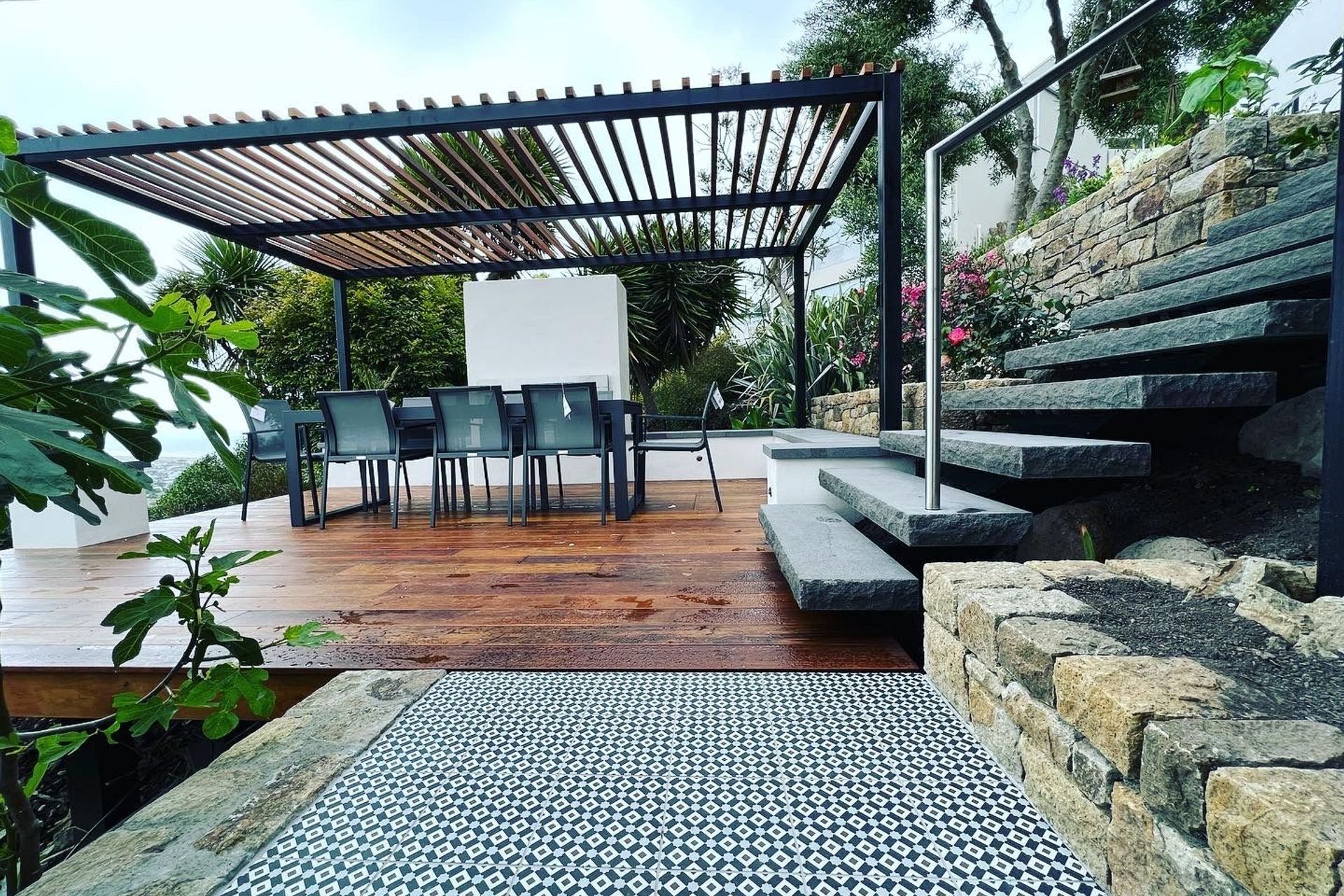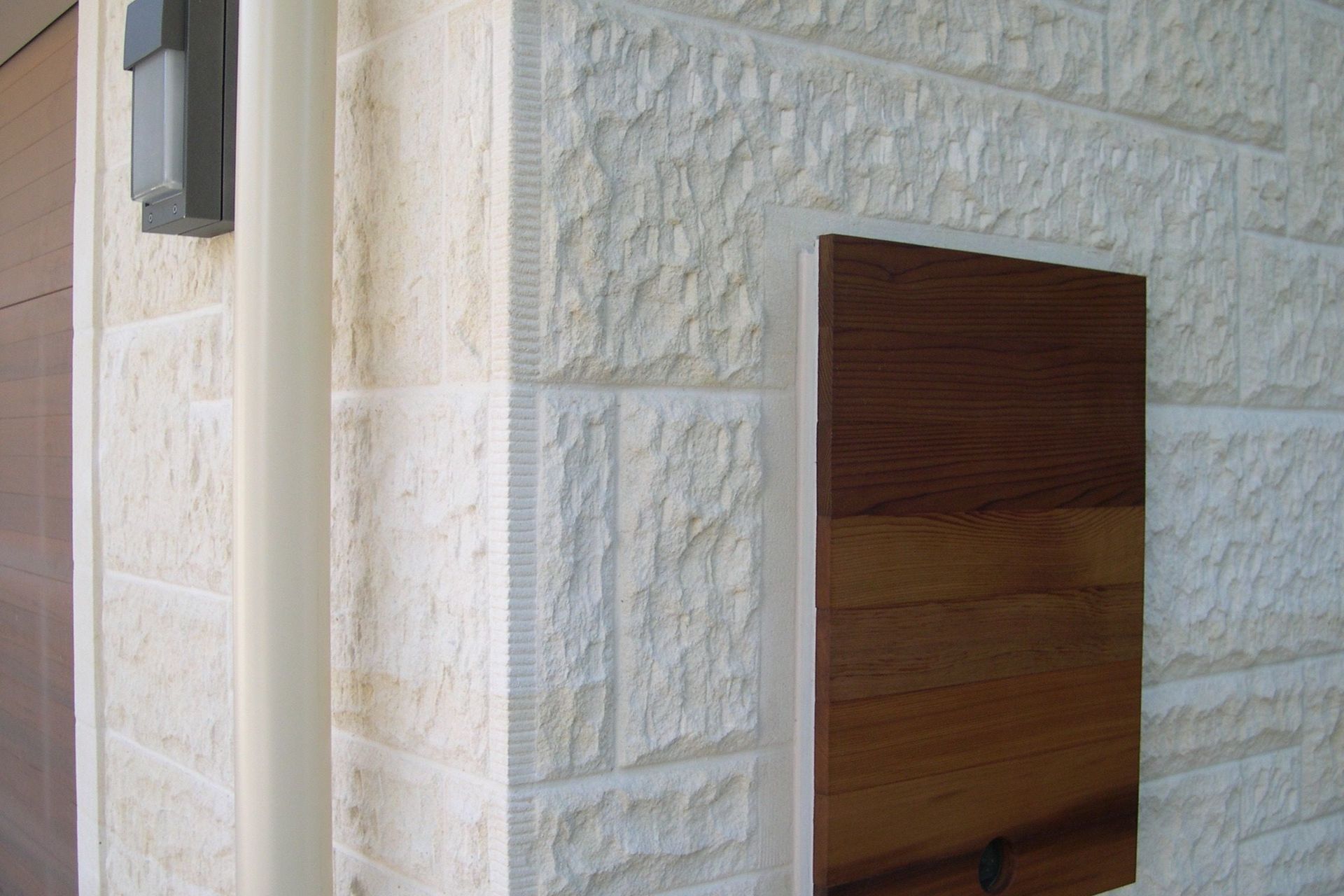Stone cladding: why it’s a worthy choice for all build types
Written by
21 September 2022
•
3 min read

Stone is quite possibly one of the oldest building materials in the world, yet it still features in so many of our contemporary award-winning houses and garden designs.
There is something essential and elemental about natural stone that allows it to easily endure changes in architectural style. Aotearoa is blessed with many beautiful building stones and quality stone suppliers, and there’s also a strong association of highly skilled stonemasons who are dedicated to preserving and promoting the craft of stonemasonry.

An authority on stone
Formed 10 years ago, the New Zealand Stone Masons Association (NZSMA) promotes excellence and education in the stonemasonry industry. The NZSMA is made up of around 25 member firms throughout New Zealand, who in turn employ hundreds of stonemasons.
“We also promote training – to help provide qualifications for stonemasons,” says Mark Robberds, on behalf of the NZSMA Committee. “And one of the most significant things we do is liaise with people in the construction and design environment to make sure that they’re designing and building in accordance with best practice guidelines.”
Advice and consulting is therefore a key part of NZSMA’s core offering – and one of the most common subjects that’s raised is the thickness of stone veneers. Lately, Mark says, there has been a trend toward using very thin stone veneers, but designers and clients may not realise that this can add a lot of unnecessary expense to a stone masonry project.

The importance of veneer thickness
“While there are some legitimate applications for a thin veneer, the majority of projects will benefit from the use of traditional 150-200mm cladding that we detail on our website,” says Mark. “By removing the process of having to cut the stone down, costs are dramatically reduced. In addition, a thicker veneer leads to more flexibility for the stonemason and the chance to create bespoke features for the build.”
But there are a lot of systems that specify a lightweight, approximately 40mm thin veneer – and many designers, not being fully aware of the benefits of thicker veneers, put these systems into their plans – not knowing that it can potentially add a significant expense to the project.
“This expense comes from the fact that it adds an extra process – the stone needs to be cut down to this smaller width, either on site or in a factory. With thinner veneers, you also need to rely on adhesives and wallboards, which each have their own product lifespan – whereas with a thicker veneer, you’re using sand and cement, which is much more durable.”
Mark says a more traditional 150-200mm veneer also has much better environmental outcomes: it uses less energy in its production process; often the material can be recycled; and the material enjoys a much longer lifespan.
“You’re not using that extra energy to cut the stone down; you’re not shipping it back and forth,” says Mark.
It also doesn’t hurt that stone is a natural material, and readily available from many local quarries. “It’s a way to use part of the natural environment to contribute to the built environment,” says Mark. “Where a lot of other cladding is specified to last 15 years, which is the minimum required by the Building Code, stone is much more durable.
“It’s a great material to use – and it always has been.”
Learn more about the New Zealand Stone Masons Association.
